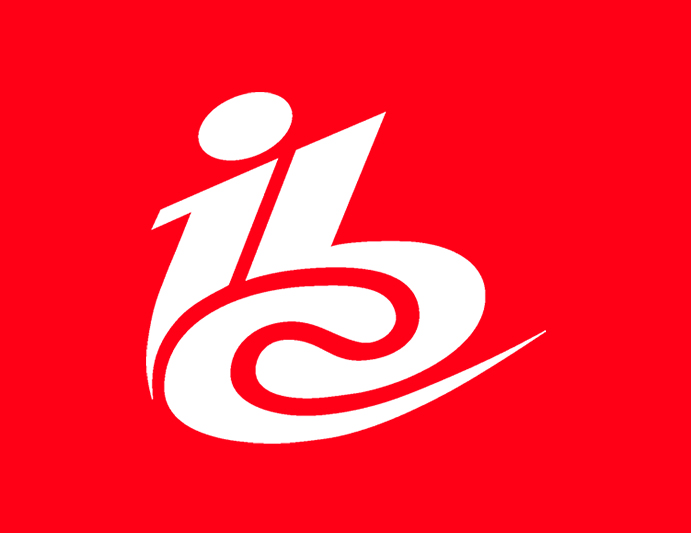The Modern Slavery Act 2015 requires retailers with an annual turnover above £36 million to publish an annual Modern Slavery Statement. A Modern Slavery Statement should establish the steps a retailer has taken to ensure modern slavery is not evident in their business or supply chains. This measure intends to increase transparency by ensuring stakeholders to any given business know the actions being undertaken to tackle modern slavery.
Background – Modern Slavery Act 2015
The Modern Slavery Act 2015 is intended to tackle modern slavery in the UK. Modern Slavery is a term defined in the Act to encapsulate offences of slavery, servitude, human trafficking and forced or compulsory labour.
Section 54 of the Act requires some retailers to produce an annual statement containing the steps they have taken to prevent modern slavery in their own business and supply chains. The statement must set out what steps they have taken during the financial year to prevent modern slavery. If a retailer has not taken any actions to prevent modern slavery, their statement should state this.
Which Retailers Are Required to Comply?
Retailers with a turnover above £36 million are required to submit a Modern Slavery Statement for every financial year ending on or after 31st March 2016. This threshold aligns with the definition of large businesses in the Companies Act 2006 and it is anticipated that the Statement would be included in a company’s annual accounts. The Act only covers retailers in England and Wales.
The turnover figure must include the main business and any subsidiaries. The turnover figure must be arrived at after the deduction of VAT and any other taxes based on profits gained. Symbol group retailers should calculate their turnover based on the retailer’s turnover and not the entire symbol group. Retailers which drop below the threshold will no longer be required to submit a Statement until their turnover increases above the threshold.
Compliance Options
There are two options for compliance. The first is to publish a Modern Slavery Statement containing the steps taken to ensure that modern slavery is not taking place within the business and related supply chains. The second is to publish a Modern Slavery Statement stating that no actions have been taken to prevent modern slavery. The reporting requirement does not mean that a retailer must guarantee that their business and supply chain does not contain modern slavery.
If a retailer that meets the reporting requirements does not produce either statement, they may be liable to a High Court injunction to comply with their obligations. Failure to comply with an injunction is punishable by an unlimited fine.
Link to Government Guidance: Transparency in supply chains etc. practical guide
Compiling a Statement
Drafting
The Government has not been prescriptive about how a Modern Slavery Statement should be structured. It is up to retailers who must comply to decide how the present their Statement and how much detail they provide. Statements must refer to steps already undertaken or begun.
A Statement should aim to include information about:
- the organisation’s structure, its business and its supply chains;
- its policies in relation to slavery and human trafficking;
- its due diligence processes in relation to slavery and human trafficking in its business and supply chains;
- the parts of its business and supply chains where there is a risk of slavery and human trafficking taking place, and the steps taken to assess and manage that risk;
- its effectiveness in ensuring that slavery and human trafficking is not taking place in its business or supply chains, measured against such performance indicators as it considers appropriate;
- the training and capacity building about slavery and human trafficking available to its staff.
Approving
The Statement should be approved and signed by an appropriate senior person in the business to ensure senior level accountability and responsibility.
The Statement should be approved by:
- For a body corporate (other than a limited liability partnership), the board of directors and signed by a director (or equivalent).
- For a limited liability partnership, approved by the members and signed by a designated member.
- For a limited partnership, registered under the Limited Partnerships Act 1907, a general partner must sign it and if the organisation is any other kind of partnership, a partner must sign it.
Publishing
The Statement must be published on a retailer’s website with a link in a prominent place on the homepage. A prominent place could be a link that is directly visible on the homepage or part of an obvious drop-down menu. The link should be clearly titled, for example ‘Modern Slavery Act Transparency Statement’.
Retailers without a website should provide a copy of the Statement to anyone who requests it in writing. The copy should be provided within 30 days of the receipt of the request when a Statement has been produced and is available.
Retailers are expected to keep Statements from previous financial years available online. Retailers are also expected to publish their Statement within six months after their financial year end.












